Sara I. Walker
Formalizing Falsification of Causal Structure Theories for Consciousness Across Computational Hierarchies
Jun 12, 2020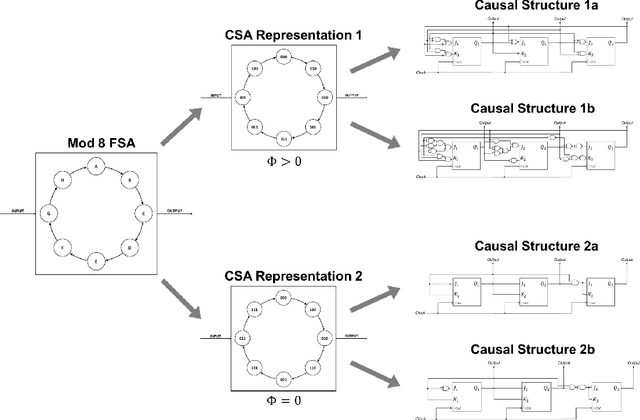


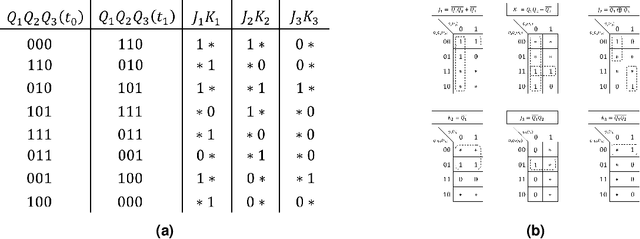
Abstract:There is currently a global, multimillion-dollar effort to experimentally confirm or falsify neuroscience's preeminent theory of consciousness: Integrated Information Theory (IIT). Yet, recent theoretical work suggests major epistemic concerns regarding the validity of IIT and all so-called "causal structure theories". In particular, causal structure theories are based on the assumption that consciousness supervenes on a particular causal structure, despite the fact that different causal structures can lead to the same input-output behavior and global functionality. This, in turn, leads to epistemic problems when it comes to the ability to falsify such a theory - if two systems are functionally identical, what remains to justify a difference in subjective experience? Here, we ground these abstract epistemic problems in a concrete example of functionally indistinguishable systems with different causal architectures. Our example comes in the form of an isomorphic feed-forward decomposition ("unfolding") of a simple electronic tollbooth, which we use to demonstrate a clear falsification of causal structure theories such as IIT. We conclude with a brief discussion regarding the level of formal description at which a candidate measure of consciousness must operate if it is to be considered scientific.
Clone Swarms: Learning to Predict and Control Multi-Robot Systems by Imitation
Dec 05, 2019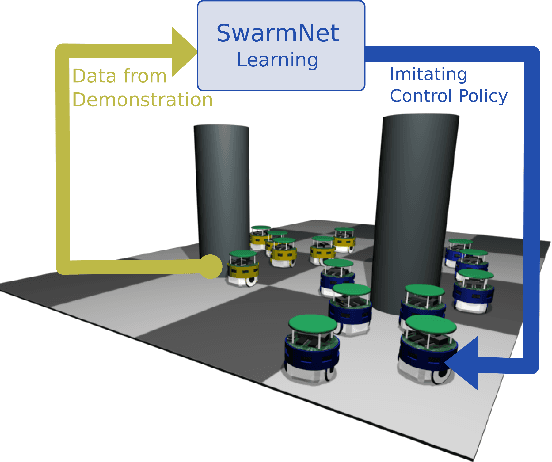
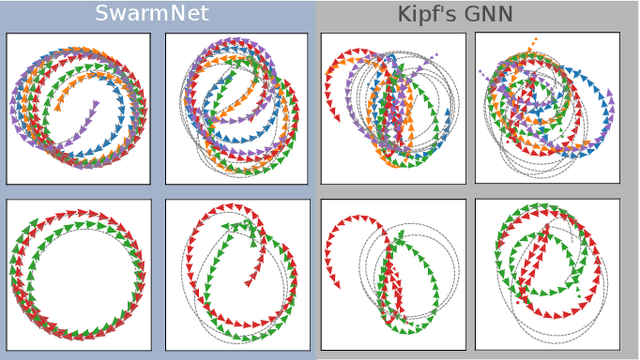
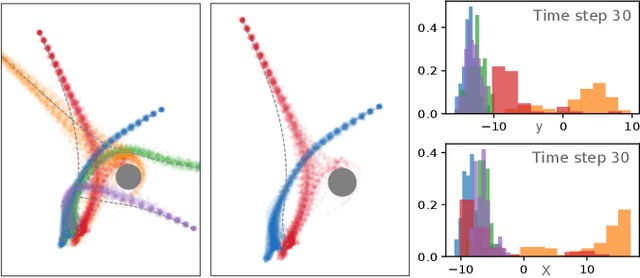
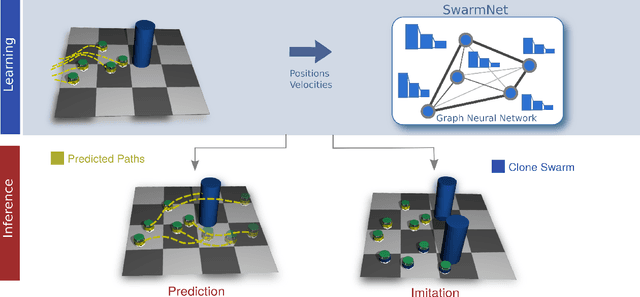
Abstract:In this paper, we propose SwarmNet -- a neural network architecture that can learn to predict and imitate the behavior of an observed swarm of agents in a centralized manner. Tested on artificially generated swarm motion data, the network achieves high levels of prediction accuracy and imitation authenticity. We compare our model to previous approaches for modelling interaction systems and show how modifying components of other models gradually approaches the performance of ours. Finally, we also discuss an extension of SwarmNet that can deal with nondeterministic, noisy, and uncertain environments, as often found in robotics applications.
Quantifying the pathways to life using assembly spaces
Aug 09, 2019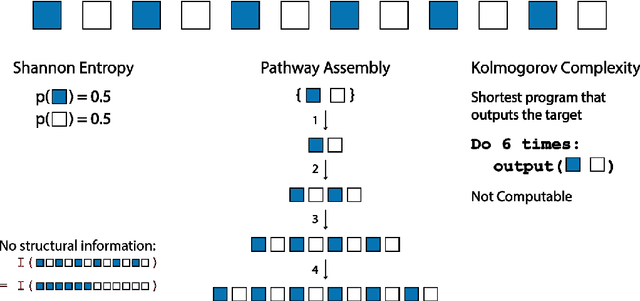
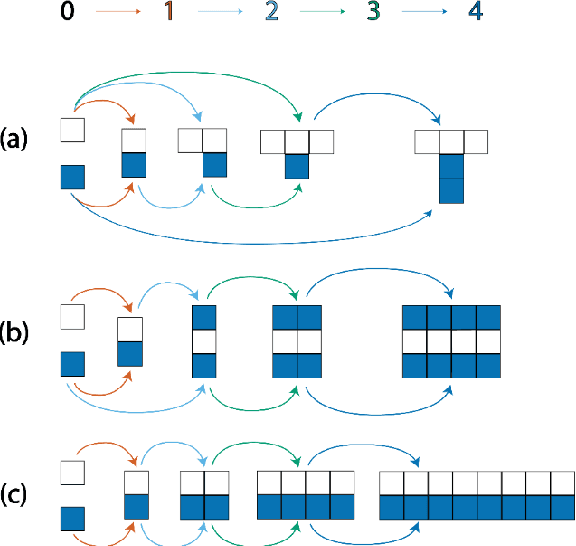
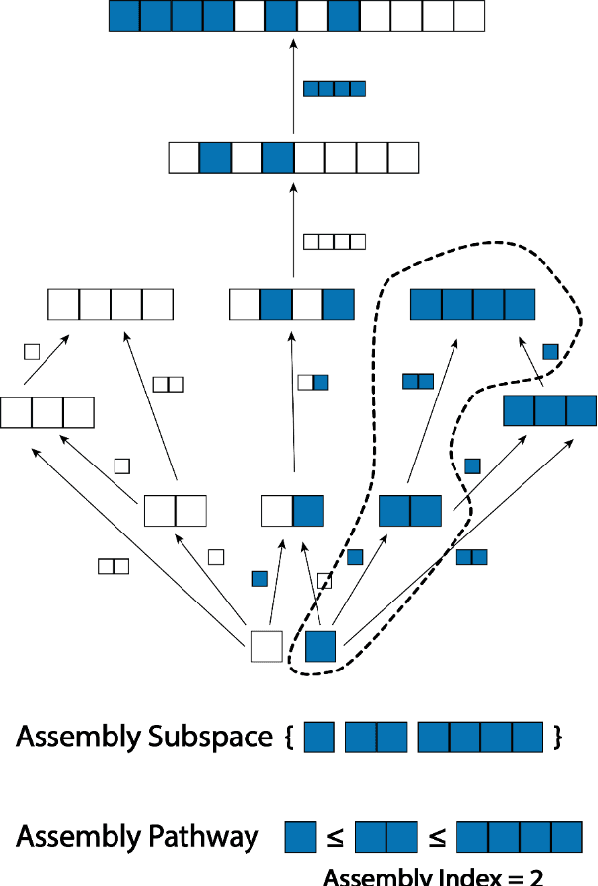
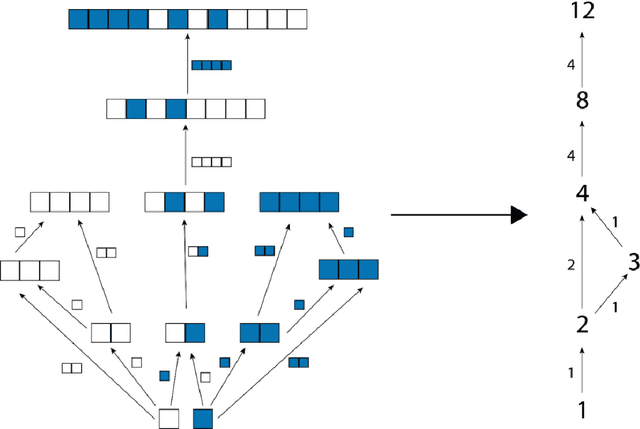
Abstract:We have developed the concept of pathway assembly to explore the amount of extrinsic information required to build an object. To quantify this information in an agnostic way, we present a method to determine the amount of pathway assembly information contained within such an object by deconstructing the object into its irreducible parts, and then evaluating the minimum number of steps to reconstruct the object along any pathway. The mathematical formalisation of this approach uses an assembly space. By finding the minimal number of steps contained in the route by which the objects can be assembled within that space, we can compare how much information (I) is gained from knowing this pathway assembly index (PA) according to I_PA=log (|N|)/(|N_PA |) where, for an end product with PA=x, N is the set of objects possible that can be created from the same irreducible parts within x steps regardless of PA, and NPA is the subset of those objects with the precise pathway assembly index PA=x. Applying this formalism to objects formed in 1D, 2D and 3D space allows us to identify objects in the world or wider Universe that have high assembly numbers. We propose that objects with PA greater than a threshold are important because these are uniquely identifiable as those that must have been produced by biological or technological processes, rather than the assembly occurring via unbiased random processes alone. We think this approach is needed to help identify the new physical and chemical laws needed to understand what life is, by quantifying what life does.
 Add to Chrome
Add to Chrome Add to Firefox
Add to Firefox Add to Edge
Add to Edge